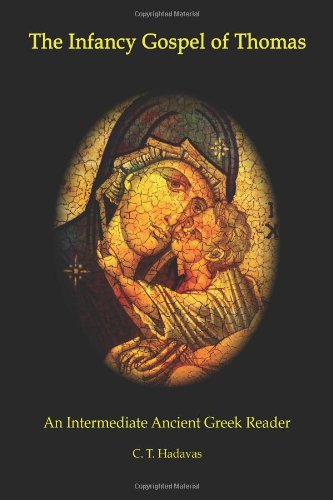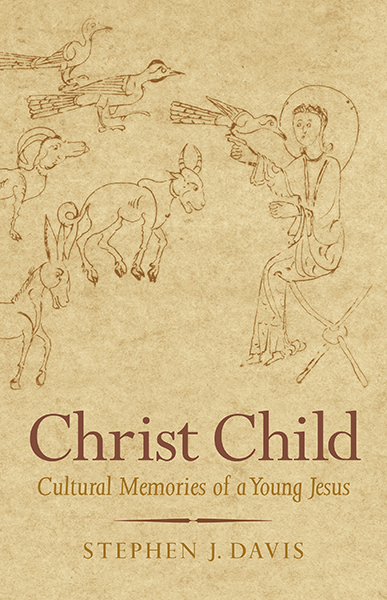More Christian Apocrypha Updates 4: The Infancy Gospel of Thomas (Syriac)
[This is the latest in a series of posts on texts to be featured in New Testament Apocrypha: More Noncanonical Scriptures edited by Brent Landau and I. The material here is incorporated also into the information on the texts provided on my More Christian Apocrypha page].
The Infancy Gospel of Thomas is well-known; it's sometimes shocking portrayal of the young Jesus cursing the townspeople of Nazareth has contributed to its popularity. The text is featured prominently also in the various Christian Apocrypha collections and commentaries. So why include it in MNTA? One of our guiding principles in selecting texts for inclusion is to consider texts that need significant updating due to new manuscript discoveries and new determinations of the text's original form. Inf. Gos. Thom. is seen most often in its Greek and Latin forms, both of which are relatively late. The Syriac form, on the other hand, has very early material evidence (two MSS are from the 5th/6th centuries) and is believed to reflect well the original form of the text—most notably, it lacks ch. 1, with the text's attribution to Thomas, and the beneficent miracles of chs. 10, 17, and 18; ch. six is also lengthier, with a dialogue between Jesus and his teacher that is absent in many of the Greek MSS. Despite the obvious value of the Syriac tradition, there has been little effort to update the text since its initial publication in 1865.
The Syriac tradition is divided into three forms: Sa (comprising the two …


 Congratulations to Stephen Davis on the publication of his new book, Christ Child: Cultural Memories of a Young Jesus (Yale University Press). I had a chance to read the book in manuscript form before publication but I'm excited to hear my complimentary copy is in the mail. From the testimonials:
Congratulations to Stephen Davis on the publication of his new book, Christ Child: Cultural Memories of a Young Jesus (Yale University Press). I had a chance to read the book in manuscript form before publication but I'm excited to hear my complimentary copy is in the mail. From the testimonials: